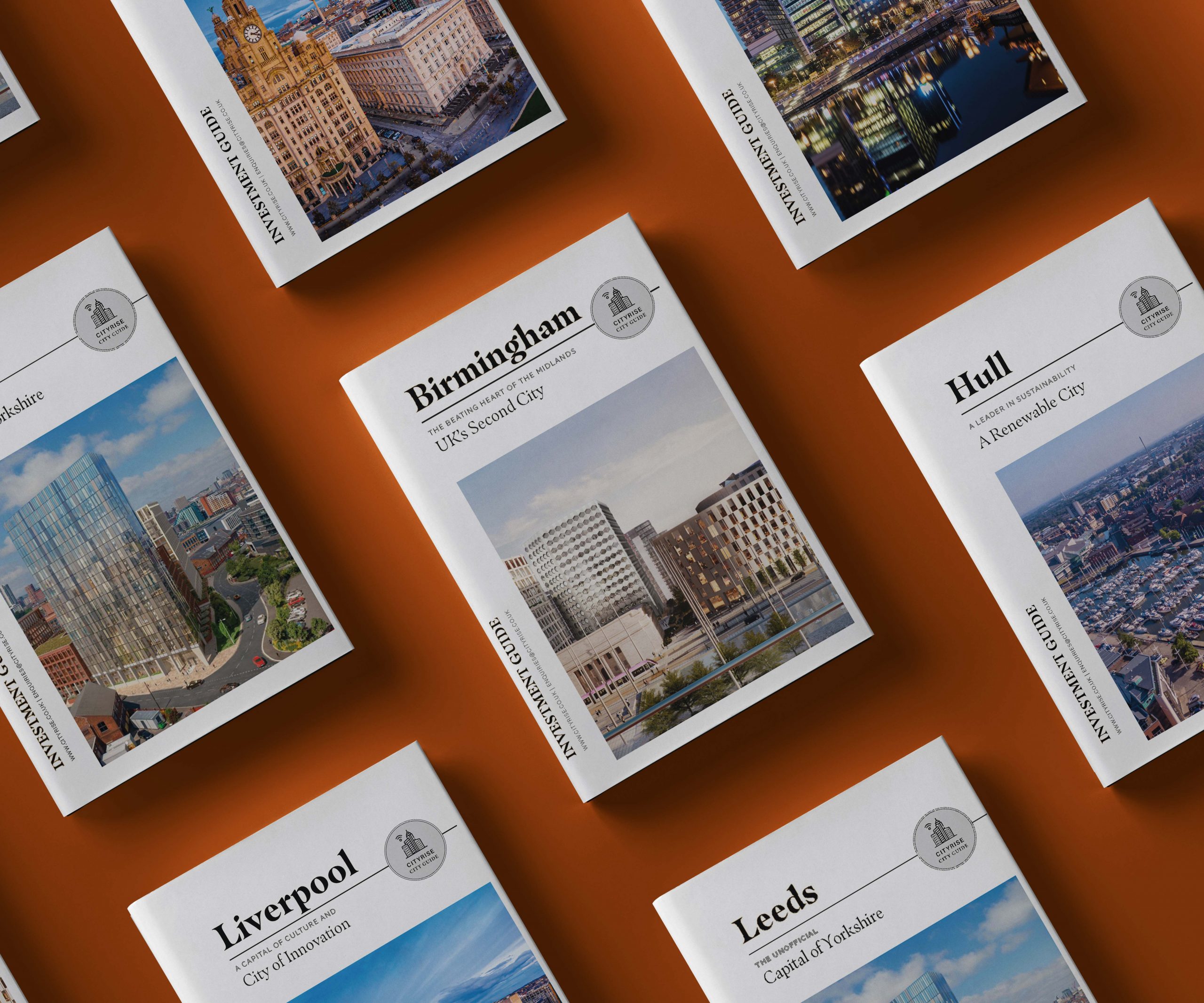House Price Inflation Throughout England
Average house prices across the UK have increased by 0.1% over the last 12 months, increasing to £265,600. In England, the biggest increase in price in the past year was seen in homes across the North West with a rise of 1.5%. The North East also saw a rise in property prices of 1.4%, along with the West Midlands with prices growing 0.5%.
House prices are expected to continue increasing slowly over the rest of the year. This means the UK annual rate of house price inflation will rise by over 2% by the end of 2024. Property prices in the North are on average lower than the rest of the UK, meaning there is less of an impact from higher mortgage interest rates, helping support demand and house price growth.
Moderate price rises help encourage sellers to put their homes up for sale, but a resurgence of quick house price inflation would be undesirable. As affordability remains a large constraint on market activity, particularly in the South. The housing market requires a year or 2 long period where incomes rise faster than house prices to help reset affordability.

The Supply of Homes Continues to Grow
One important figure within the current property market is that there are now more houses for sale than there have been at any point in the last 6 years. This leads to a large range of choices for home buyers and will encourage more sales.
On average, estate agents have 33 homes for sale, which is 16% higher than this time last year. 12% of homes currently for sale were previously rented. Tax changes, mortgage rates and stricter regulations for rental property have all led to more landlords selling their properties. However, 40% of the properties remain as rentals. They are either bought by a new landlord or let out by the current landlord who decides not to sell.

Sales Agreed Are Up 16% Year-on-Year
A larger number of homes for sale and a rise in buyers has resulted in a 16% increase in the number of sales agreed since last year. An analysis of sales shows how they have been stronger in the first half of 2024 compared to 2023. Overall, sales are up across the whole of the UK.
This reveals there is a more balanced property market, offering an increase in sales volume but with greater stability in price inflation. Furthermore, buyers are now paying 96.8% of the asking price, which is up from a recorded 95.6% near the end of 2023. The impact of higher mortgage rates was less striking across the north of the UK, which explains why the proportion of the asking price paid has stabilised. In terms of money, this averages at £16,600 below the asking price for sales in June 2024, compared to £23,000 below the asking price in late 2023.

How July’s Updates Will Affect The Rest of 2024
For the rest of the year, we expect a steady incline in house prices. This growth will be quicker outside the south of England where affordability is less of a struggle. Sales remain on track to reach 1.1m by the end of the year.
Due to the Bank of England’s base rate cut to 5%, there is likely to be a boost in consumer confidence and market activity rather than any other major reductions in mortgage rates for new home buyers.
The Government announced new house-building targets which are set to contribute to the economic growth of the UK. Increasing home building will benefit homebuyers and renters in the long run.

Explore our Investment Guides
Take a look
As Seen In
Join CityClub Today to Receive:
- Priority access to exclusive off market investments
- Below market value pricing
- Out of hours investor support chat
- Allocated solicitor for hands free conveyancing

















